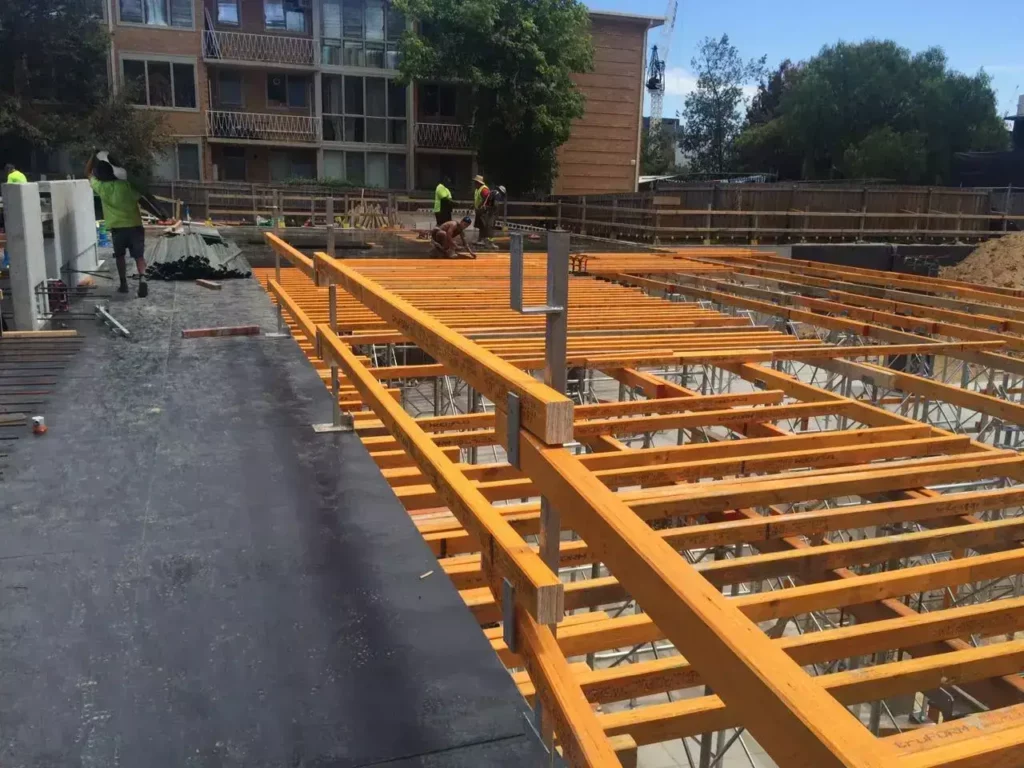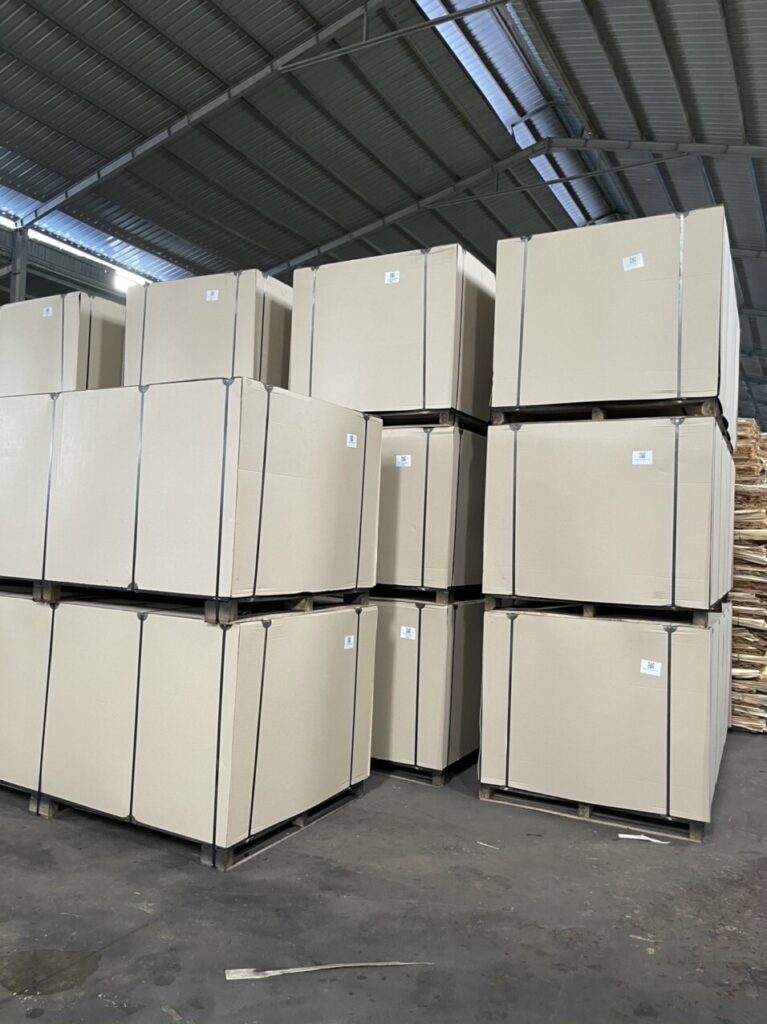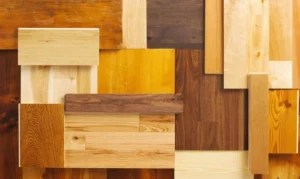Tips for Choosing the Best Formply for Your Construction Project
Choosing the right formply for your construction project is crucial to ensure the success and durability of your building. With so many options available in the market, it can be overwhelming to make the right decision. In this article, we will provide you with valuable tips to choose the best formply for your construction project.
Understanding Formply: A Brief Overview
Before we dive into the tips, it’s important to have a basic understanding of what formply is. Formply, also known as film-faced plywood or shuttering plywood, is a type of plywood that is specially designed for use in concrete formwork. It features a film coating on both sides, which enhances its durability, moisture resistance, and surface finish.
Formply is a versatile material that is essential in construction projects where concrete structures are involved. Its film coating not only protects the plywood from the harsh elements on the construction site but also ensures a smooth surface finish on the concrete, reducing the need for additional finishing work.
What is Formply?
Formply is made by bonding multiple layers of wood veneers together with an adhesive, under high pressure and temperature. The film coating on the surface provides a smooth and consistent finish, making it easier to remove the formwork once the concrete has cured.
The manufacturing process of formply involves stringent quality control measures to ensure that each sheet meets the required standards for strength and durability. This attention to detail results in a reliable and sturdy material that can withstand the rigors of concrete pouring and curing.

Why is Formply Used in Construction?
Formply is widely used in construction for its strength, durability, and ability to withstand the pressure exerted by the wet concrete. It helps in creating accurate and consistent concrete forms, resulting in high-quality and structurally sound buildings.
Due to its resilience and longevity, formply is a cost-effective solution for construction projects that require sturdy formwork. Its ability to be reused multiple times without compromising on performance makes it a sustainable choice for builders looking to reduce waste and cut down on project costs in the long run.
Key Factors to Consider When Choosing Formply
Now that you have a basic understanding of formply, let’s explore the key factors that you should consider when choosing the right formply for your construction project.
Formply, short for “formwork plywood,” is a type of plywood specifically designed for use in formwork applications. It is commonly used in the construction industry to create molds or forms into which concrete is poured. This specialized plywood is known for its strength, durability, and ability to withstand the high pressures and stresses exerted during the concrete pouring and curing process. learn more about high pressures at https://scied.ucar.edu/learning-zone/how-weather-works/highs-and-lows-air-pressure
Material Quality and Durability
One of the most important factors to consider is the material quality and durability of the formply. Ensure that the formply is made from high-quality hardwood or tropical hardwood veneers, which offer superior strength and durability. It should also have a high-quality bonding agent to ensure long-lasting performance.
Additionally, consider the grading of the plywood sheets. Higher grade formply will have fewer defects such as knots, voids, and overlapping grains, ensuring a smoother and more consistent surface for your concrete forms.
Size and Thickness
The size and thickness of the formply should be carefully chosen based on the specific requirements of your project. Thicker formply provides better resistance to bending and can withstand higher pressures. However, it is also heavier and more expensive. Consider the load-bearing capacity and the complexity of the structure when deciding on the size and thickness. Click here to learn more about resistance.
Moreover, the edges of the formply can be an important consideration. Choose formply with sealed edges to prevent moisture ingress and ensure the longevity of the plywood, especially in humid or wet conditions.
Weather Resistance
If your construction project involves exposure to weather elements during the concrete curing process, it is important to choose formply that is highly weather-resistant. Look for formply with a phenolic or melamine film coating, which provides excellent resistance against moisture, UV radiation, and temperature variations.
Furthermore, consider the surface finish of the formply. A smooth and consistent surface not only improves the quality of the concrete finish but also makes the formwork easier to clean and reuse, saving time and costs on future projects.
The Role of Formply in Construction Safety
Aside from its primary purpose in concrete formwork, formply also plays a vital role in ensuring construction safety. Let’s explore the various aspects of construction safety influenced by the use of formply.
Formply, a type of plywood specifically designed for formwork applications, not only serves as a temporary mold for concrete but also contributes significantly to the safety of construction projects. Its versatility and durability make it an essential component in ensuring the overall well-being of workers and the structural integrity of buildings.
Formply and Worker Safety
The use of high-quality formply contributes to worker safety during the construction process. It provides a stable and secure surface for workers to stand on while pouring and leveling the concrete. The slip-resistant film coating minimizes the risk of accidents and injuries, ensuring a safer working environment.
Moreover, the smooth and even surface of formply reduces the chances of tripping or stumbling, promoting a safer workflow on construction sites. This aspect is particularly crucial in high-rise projects where any mishap can have severe consequences.

Ensuring Structural Integrity with Formply
The structural integrity of a building relies heavily on the quality of the formwork used. By choosing the right formply, you can ensure the accurate alignment and positioning of the concrete, resulting in a robust and structurally sound structure. This is particularly important for projects that involve heavy loads or seismic activities.
Furthermore, the dimensional stability of formply ensures that the concrete cures uniformly, preventing any weak spots or inconsistencies in the structure. This uniform curing process not only enhances the overall strength of the building but also reduces the likelihood of future maintenance issues, adding to the long-term safety and durability of the construction.
Cost Considerations for Formply
When choosing formply for your construction project, it is essential to consider the cost implications. Let’s dive into the key cost considerations that can help you make an informed decision.
Formply, also known as formwork plywood, is a type of plywood specifically designed for use in formwork applications. It is known for its high strength, durability, and ability to withstand the rigors of concrete placement. Formply is commonly used in the construction industry for forming concrete structures such as walls, slabs, columns, and beams.
Understanding Pricing
The pricing of formply can vary based on several factors, including the quality of the materials, thickness, and brand reputation. Research different suppliers and compare prices to ensure you are getting the best value for your money. However, remember that the cheapest option might not always be the most cost-effective in the long run if it compromises quality and durability.
It’s also essential to consider the additional costs associated with formply, such as transportation, storage, and maintenance. These costs can add up, so factor them into your budget when evaluating the overall cost of using formply for your project.
Balancing Cost and Quality
While it’s important to stick to your budget, it is equally crucial to prioritize quality when it comes to formply. Investing in high-quality formply might result in higher upfront costs but can save you money in the long run by reducing the need for frequent replacements or repairs. Consider the lifespan and performance of the formply when deciding on the balance between cost and quality.
Furthermore, consider the environmental impact of the formply you choose. Opting for sustainably sourced formply can not only benefit the environment but also enhance your project’s reputation for sustainability. Look for certifications such as FSC (Forest Stewardship Council) to ensure that the formply meets certain environmental standards.
Environmental Impact of Formply
In today’s world, environmental sustainability is a crucial factor to consider in every construction project. Let’s explore the environmental impact of formply and the options available for responsible disposal and recycling.
Sustainability of Formply
Formply, being made from wood, is considered a renewable and sustainable material. However, it’s important to ensure that the formply you choose comes from responsibly managed and certified sources. Look for certifications such as Forest Stewardship Council (FSC) or Programme for the Endorsement of Forest Certification (PEFC), which guarantee sustainable forestry practices.
Wood used in formply production is sourced from forests that act as carbon sinks, absorbing carbon dioxide from the atmosphere. This means that by choosing formply from responsibly managed forests, you are indirectly supporting carbon sequestration efforts, which play a vital role in mitigating climate change.
Disposal and Recycling Options
When the lifespan of formply comes to an end, it can be recycled or reused in various ways. Consider recycling options or donate the formply to organizations that can repurpose it for other projects. Responsible disposal and recycling of formply contribute to reducing waste and the overall environmental impact of construction projects.
Additionally, some innovative companies are exploring ways to upcycle old formply into new products, further extending its lifecycle and reducing the need for virgin materials. This circular approach to formply usage not only minimizes waste but also promotes a more sustainable construction industry.
By considering the tips mentioned above, you can confidently choose the best formply for your construction project. Remember to prioritize quality, durability, and environmental sustainability to ensure a successful and long-lasting construction endeavor.
Other resources: Understanding the Differences Between F14 and F17 Plywood Grades

